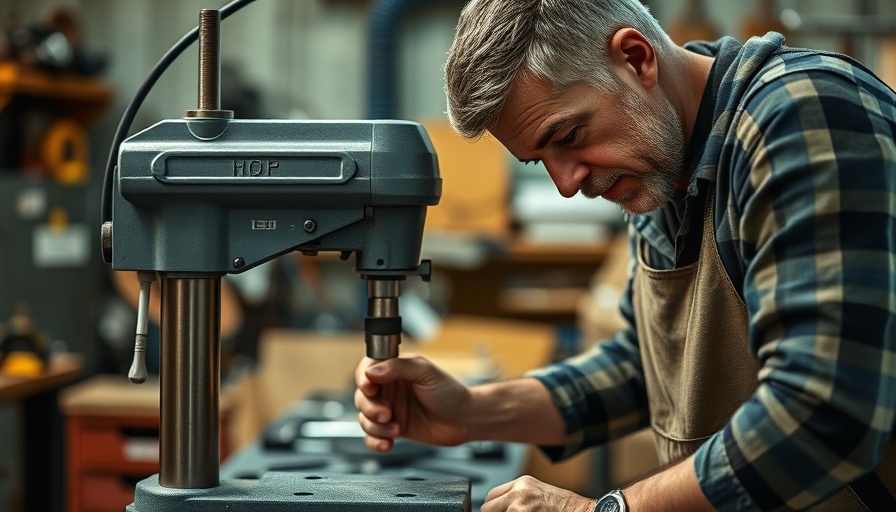
Unlocking Your Home’s Potential with Loft Conversions
For many homeowners in London, the loft often remains an untouched space, a repository for forgotten belongings and dust bunnies. However, with a shift in perspective, this area can bloom into a vibrant extension of your home. Loft conversions are more than just a trend; they offer a practical way to expand your living space without the hassle of moving. Whether you’re contemplating a chic home office or an oasis-like bedroom, innovative loft conversion ideas can seamlessly blend aesthetics and functionality.
The Smart Investment of Loft Conversions
Research shows that a well-executed loft conversion can increase your property’s value by as much as 20%. With the London real estate market being as competitive as it is, maximizing your home’s space is not just beneficial; it's essential. This approach provides a creative, cost-effective alternative to moving, allowing homeowners to stay put while enriching their living environments. Imagine the lifestyle benefits of more space for hobbies, relaxation, or work, all without the uprooting hassles associated with relocating.
Breathing New Life into Your Loft Space
So, what are the innovative options at your disposal? Here are a few standout ideas to consider:
Loft Bedroom Retreat: Transform your loft into a serene escape. Incorporate cozy elements like bespoke wardrobes and skylights for natural light. This ensures that sloping ceilings add charm without sacrificing comfort.
Functional Home Office: With remote work becoming the norm, crafting a dedicated workspace in your loft can enhance productivity and separation from the home environment. Consider using space-saving furniture and smart storage solutions.
Artistic Studio: If creativity fuels your passion, turn the loft into an art studio. Highlight the slant of the roof with vibrant skylights and ample electrical outlets for lights and tools, allowing your creative spark to thrive.
Playroom or Guest Space: Create a dynamic space for kids or visiting family. Cozy areas designed with focus on safety and engagement can turn previously dormant spaces into lively environments.
Sustainable Eco-Friendly Solutions: Incorporate green materials and energy-efficient lighting. This not only creates a better living environment but also contributes positively to the community and environment.
Exploring Local Trends and Innovations
As London continues to evolve, so does the architecture and design sensibility of its homes. Many local builders specialize in boutique loft conversions that adhere to sustainability principles. These skilled craftspeople often suggest eco-friendly materials and techniques that not only cut costs but also lessen environmental impact.
Common Misconceptions About Loft Conversions
Many homeowners fear that converting a loft can be overly complicated or structurally challenging. It's important to note that with the right professional guidance, this process can be streamlined. Choosing experienced contractors ensures that all regulations are followed while creating a beautiful new space.
Final Thoughts: Making the Most of Your Loft
Taking the leap to convert your loft is no small feat, but the rewards are plentiful. It ultimately allows you to craft a living space that reflects your lifestyle and preferences without moving. The stories of London homes transformed right under the roofs we drive by daily are a testament to what creative vision and skilled craftsmanship can achieve.
Transform your loft and discover the multitude of possibilities that await. Reach out to your local builders today to explore how you can turn your idle space into your dream environment.
 Add Row
Add Row  Add
Add 




Write A Comment